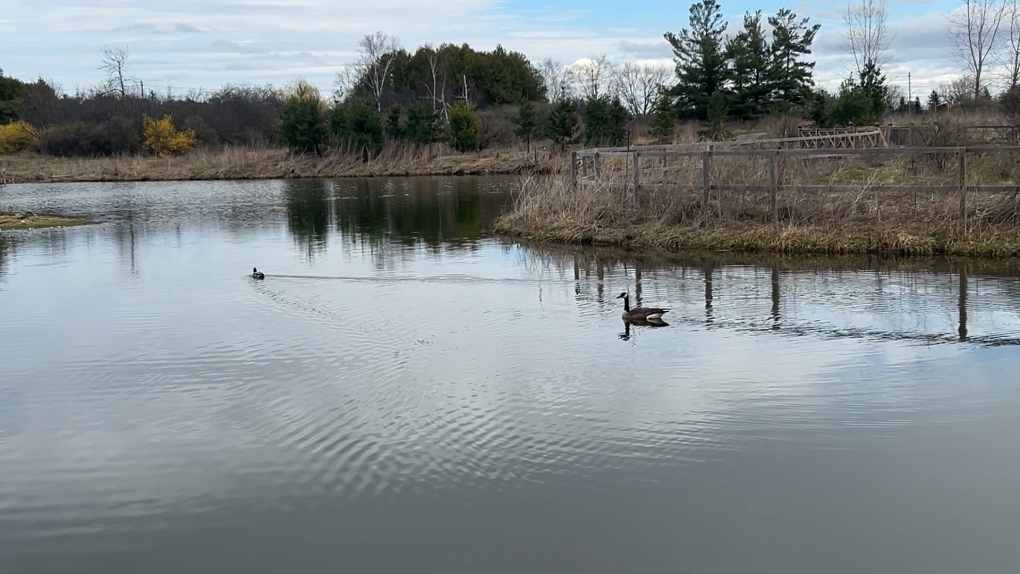Residents concerned over wildlife strategy as city looks to review decade-old policy

The City of Ottawa released the results of its Wildlife Strategy Survey showing the majority of people are in favour of protecting wildlife and want the city to take a more proactive, instead of reactive, approach to human-wildlife conflicts.
“Residents appear to be more concerned about making sure that the wildlife is protected versus protecting property,” said city councillor, Laine Johnson.
“Which I think is a shift from what we saw, perhaps in 2013 when the original policy was released.”
The city concluded Wildlife Strategy Review surveys last year and released the results to the public this week. The city is in the process of updating its 2013 Wildlife Strategy, which has been delayed twice now.
“We are going to see it this spring which is great, but I think the delays have been somewhat inevitable as resources have been stretched,” said Johnson.
The current wildlife strategy has been met with significant controversy over the years.
Last year, police shot and killed a black bear in Kanata. Several other animals including moose, beavers and elk have also been killed since 2010.
“There is a role for obviously city bylaw, for police, for the National Capital Commission. The National Capital Commission has really well trained conservation officers so we want to see more of a collaborative approach,” said Donna Dubreuil, president of the Ottawa-Carleton Wildlife Centre.
It’s an approach the Ottawa-Carleton Wildlife Centre would like to see in the updated strategy, but it says so far the city hasn’t responded to its position papers.
“I think implementing any kind of strategy is going to take partnership. It’s not going to be done by simply the city sort of electing to do certain things or not do certain things on their own,” said Dubreuil.
In addition to wanting to see large animals like bears protected, survey respondents also expressed concern over the city’s approach to beavers, trapping and killing approximately 150 a year.
“I think it’s outrageous to most people. We really need to protect our wetlands and beavers are probably the most influential species in maintaining our wetlands,” said Dubreuil.
In 2013, it was also recommended the city hire a dedicated wildlife officer. But that hasn’t happened, stirring up frustration among residents who have wildlife concerns.
“If you are interested in seeing that happen, I think the pressure has to be on your own city councillors and make sure that they vote in the right way,” said Johnson.
Johnson says education for residents is key when it comes to co-existing with wildlife.
“Residents need to understand that if you do see wildlife and you want that interaction to be successful, you need to do what you can to leave it alone. Sometimes we get caught up in getting a photo or, telling our neighbors and sometimes the best thing to do is to leave it alone so that it can return to the forest,” said Johnson.
The survey found that residents are highly concerns over the risk of coyotes, despite statistics showing dogs pose a higher risk.
According to the city’s current wildlife strategy, there are approximately 350-400 injuries to residents by domestic dogs each year. But in the 46 years between 1960 and 2006, there were 142 documented coyote injuries, mostly in the western United States.
“We need to take some perspective on this and just understand. But people do need information. They need to know when to react and when not to react, or what’s a threat and what’s not,” said Dubreuil.
The updated wildlife strategy is expected to come to council in June.
View original article here Source









